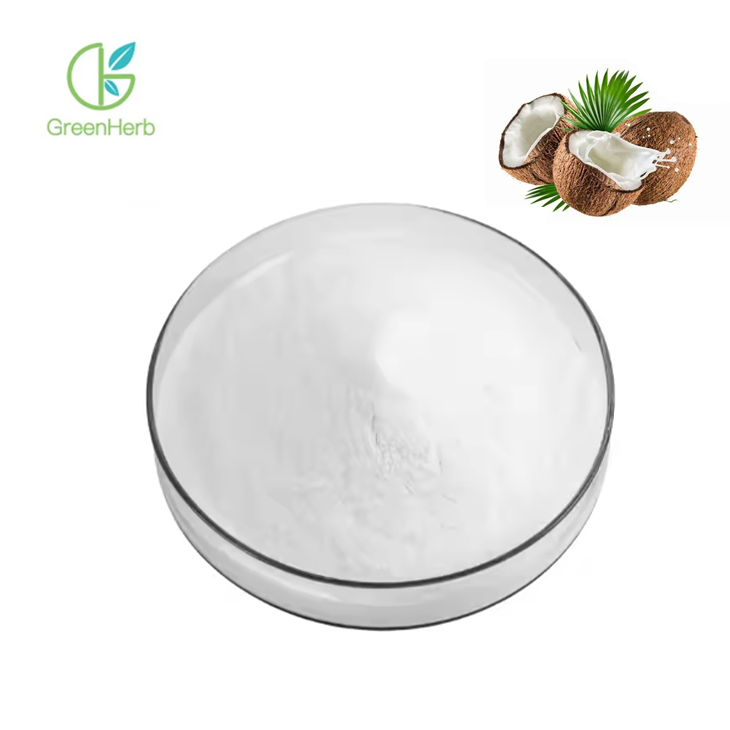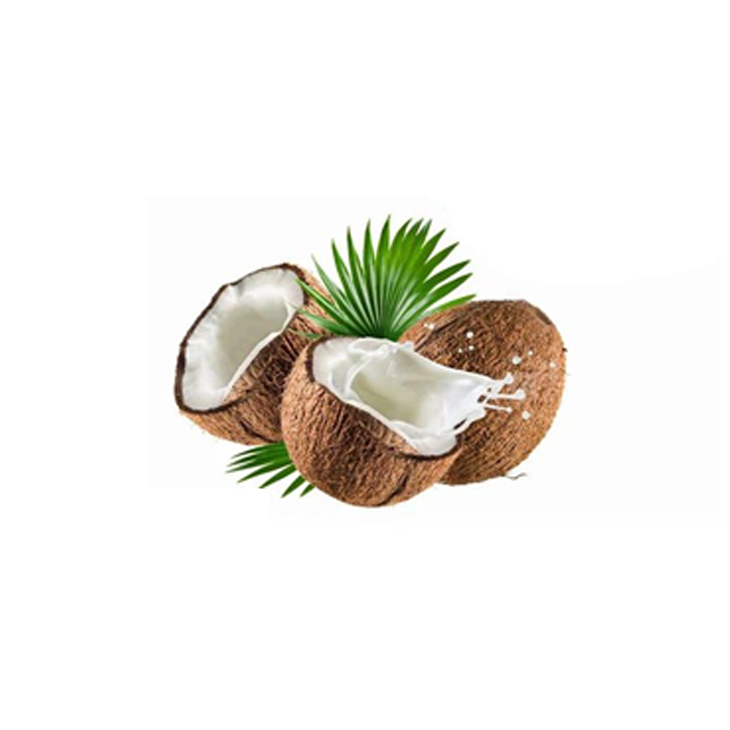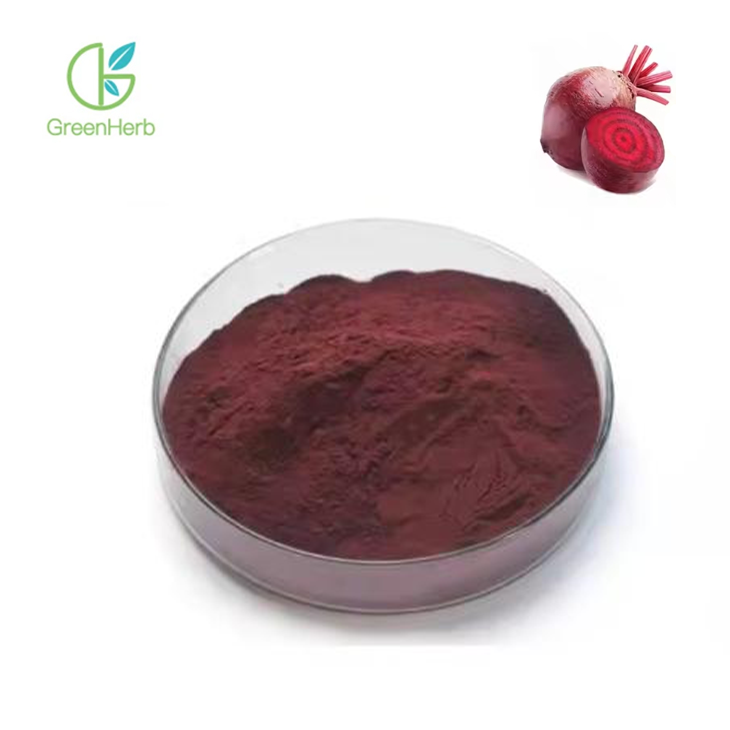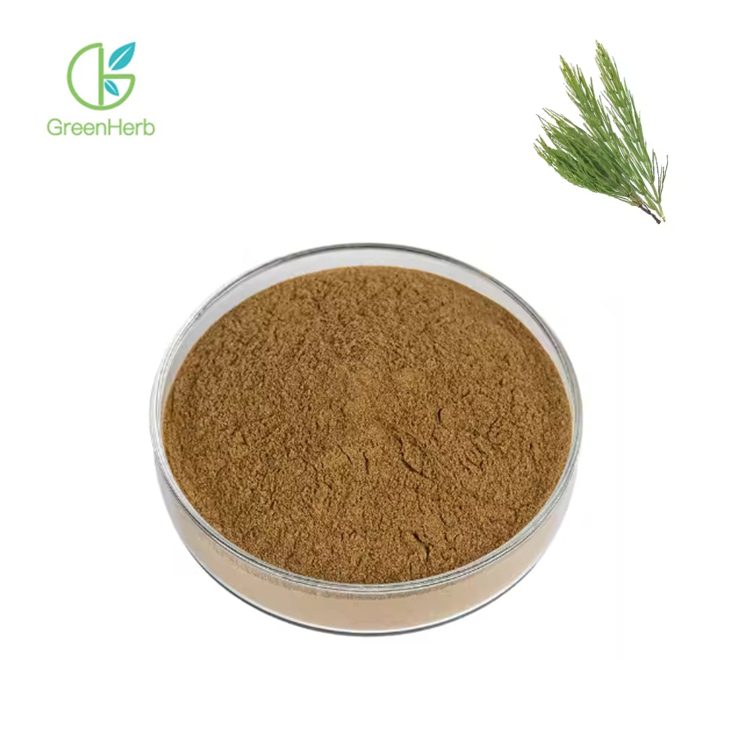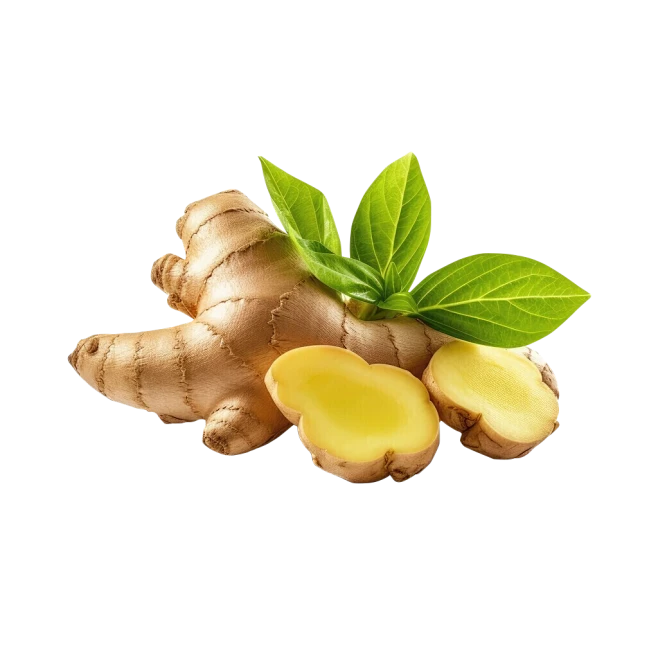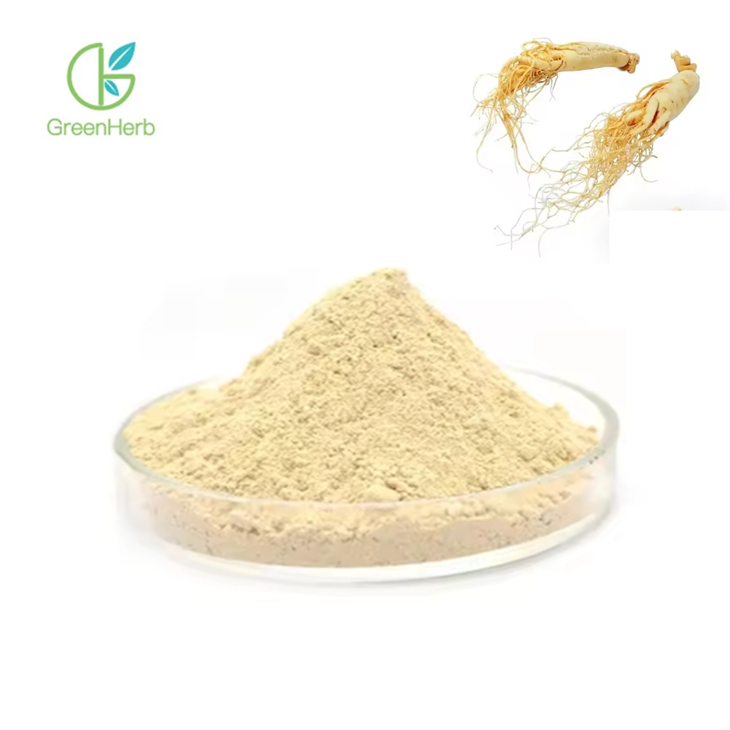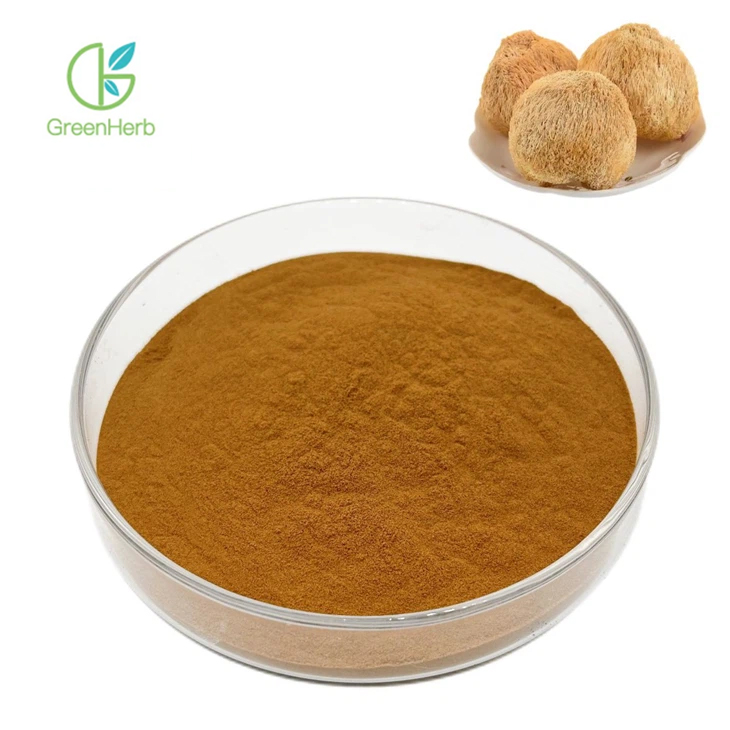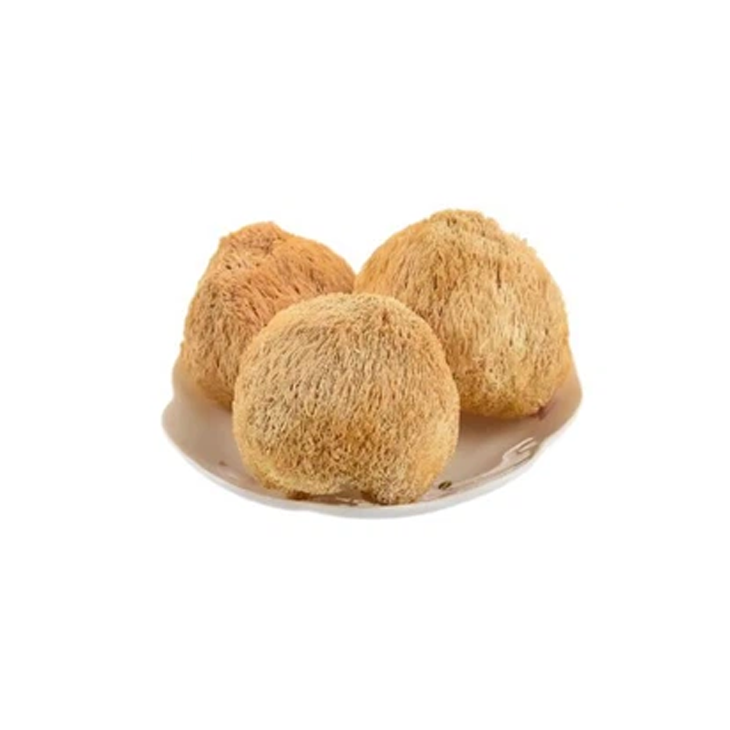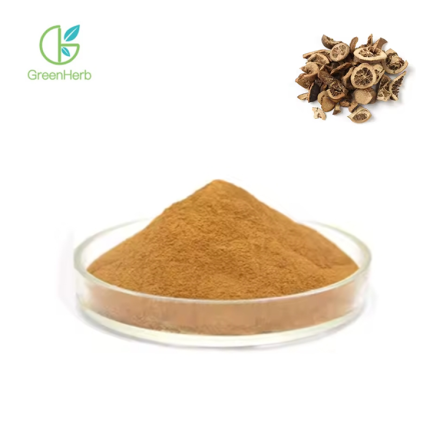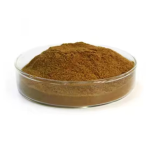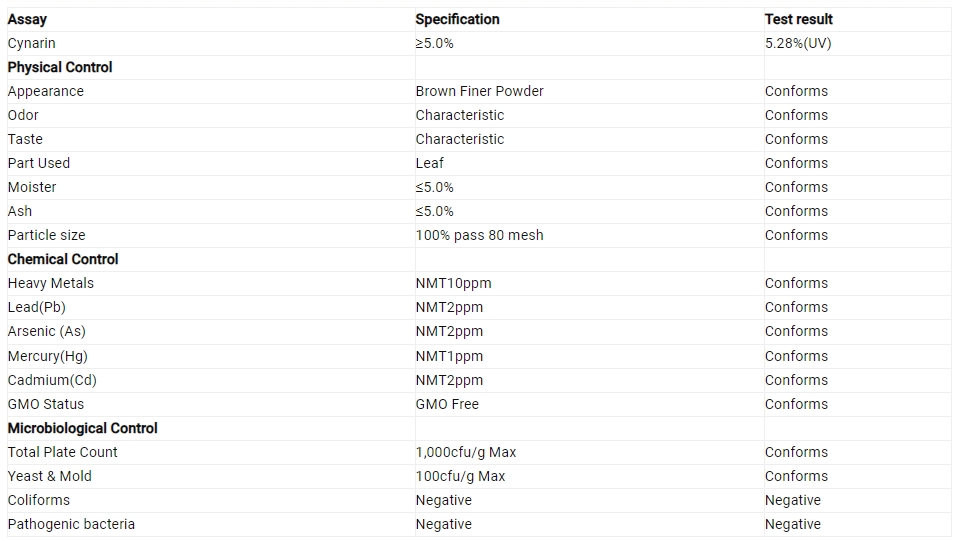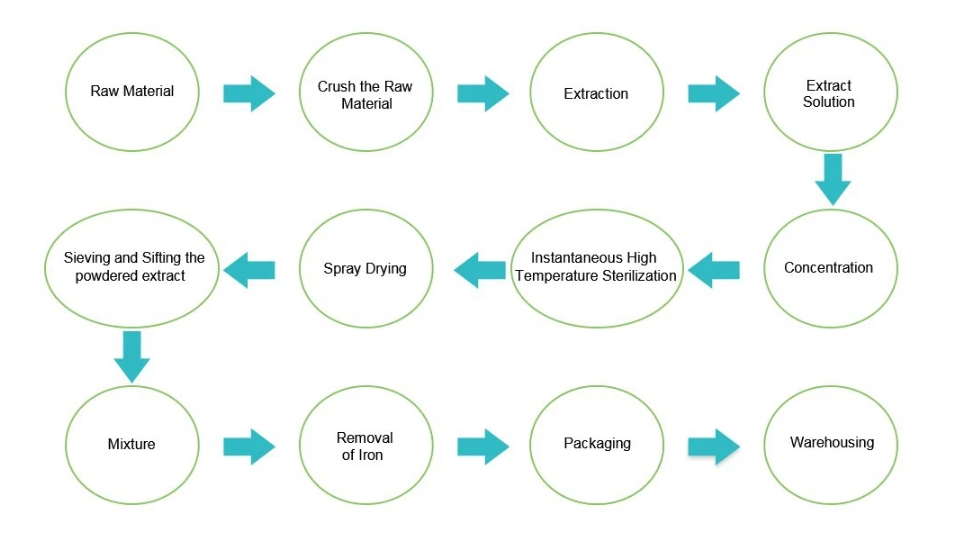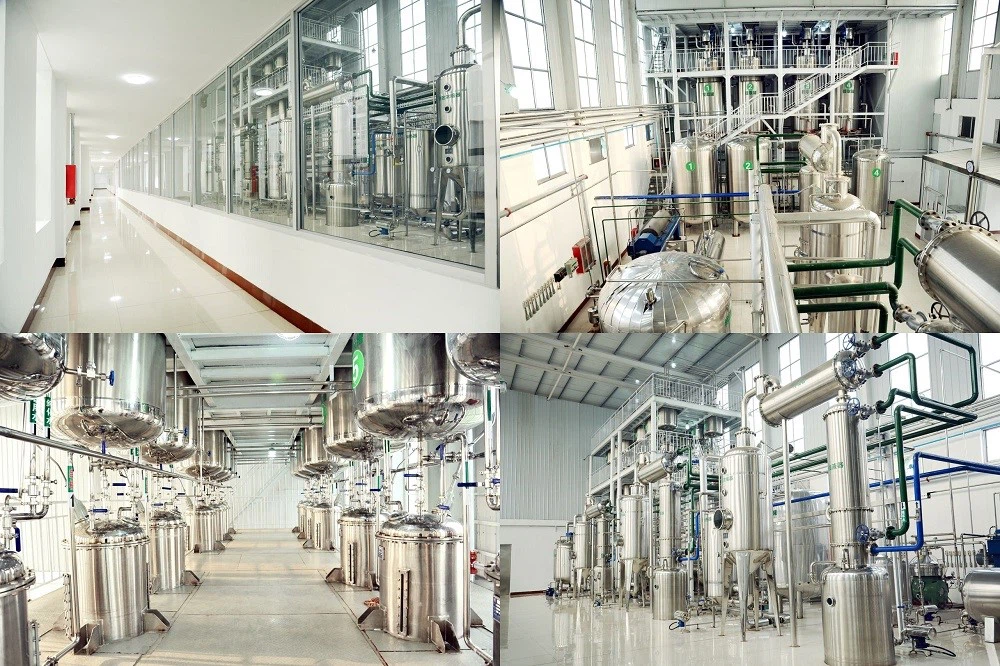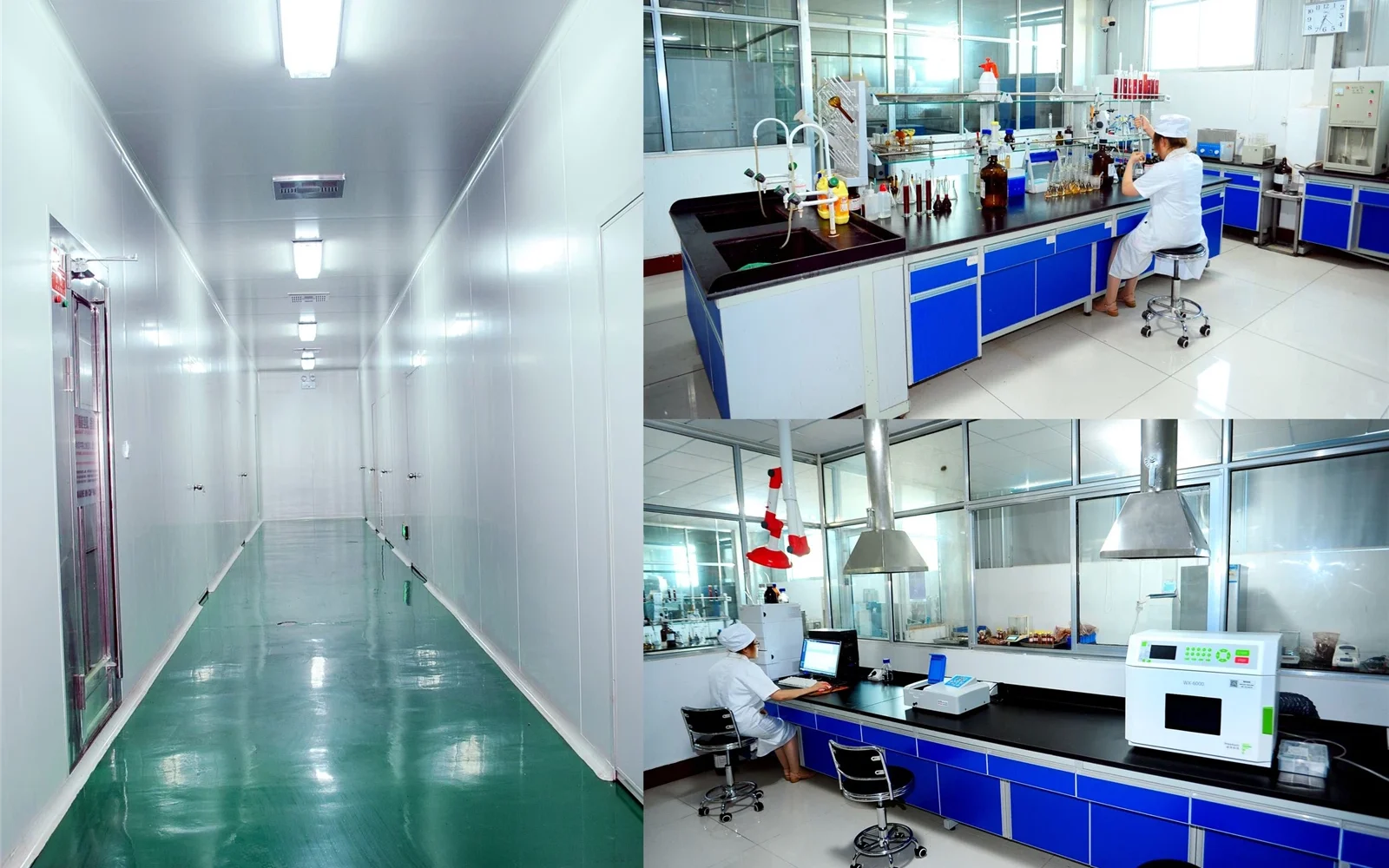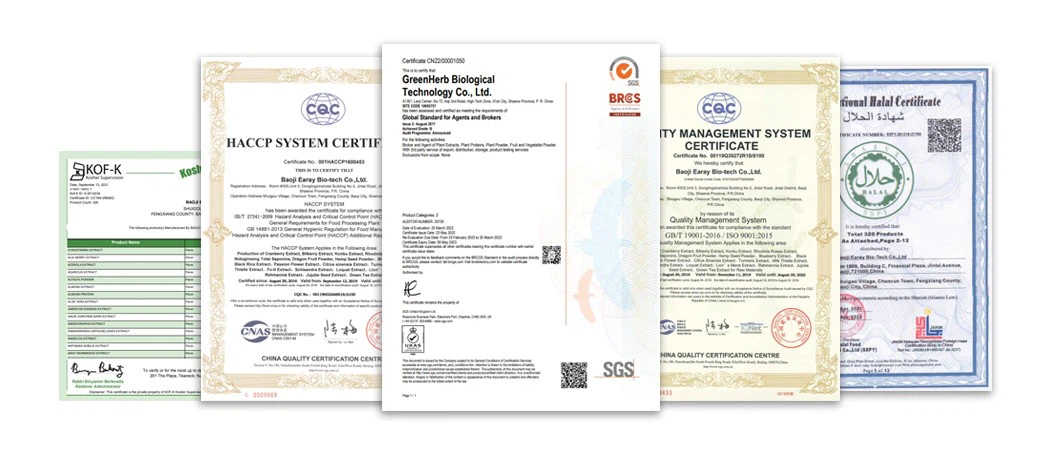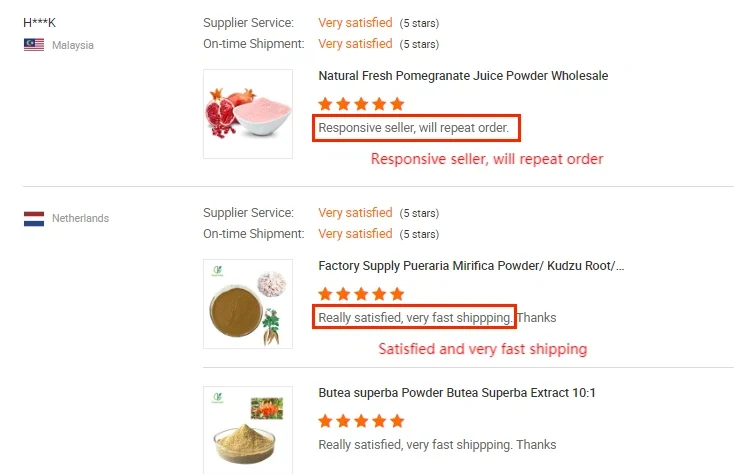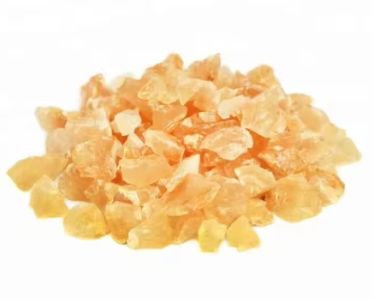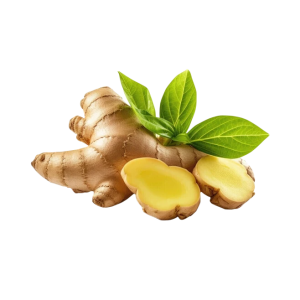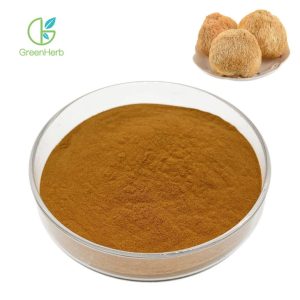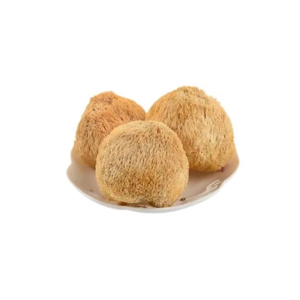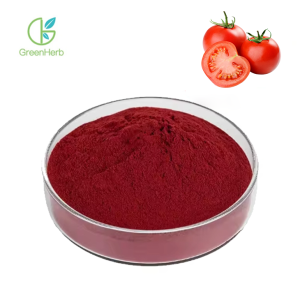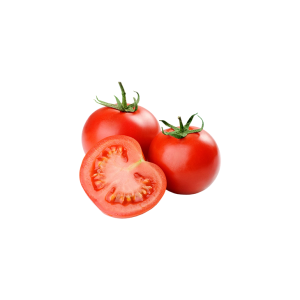Artichoke (Cynara scolymus L.) Overview
Artichoke, also known as chrysanthemum thistle, is a perennial herb belonging to the Compositae family. It was introduced to China from France in the 19th century, particularly in the French Concession of Shanghai, where it has been cultivated for over a century. The name "artichoke" is believed to have originated from a misunderstanding during its introduction via Japan and Korea, a name that remains in use today. However, the artichoke is native to the Mediterranean region of Europe, where it has been enjoyed since ancient Roman and Greek times, often served as a delicacy for dignitaries.
Cultivation in China
In China, artichokes are primarily cultivated in regions such as Shanghai, Zhejiang, Hunan, and Yunnan. The demand for artichokes in developed countries like the United States and Western Europe continues to rise, with Chinese supermarkets commonly labeling them as "artichokes." Despite their relatively small production scale in China, there is a growing export market for canned artichokes, which are in short supply internationally.
Nutritional Profile
The edible parts of the artichoke, particularly the curds, are rich in various nutrients, including high protein, calcium, and phosphorus. Additionally, artichokes contain significant amounts of inulin, especially in their roots. Functional compounds such as polyphenols and flavonoids, including artichoke acid and chlorogenic acid, are present not only in the curds but also in the leaves.
Artichoke Extract (Cynarin)
Cynarin, an extract derived from the leaves of the artichoke, contains active compounds such as coffee quinic acid. Common specifications for cynarin include:
- 5% artichoke (detected via UV)
- 2.5% artichoke acid (detected via HPLC)
- 5% artichoke (total content of artichoke acid and chlorogenic acid via HPLC)
 Protein Powder22 个产品
Protein Powder22 个产品  Freeze Dried Powder00 个产品
Freeze Dried Powder00 个产品  Fruit & Vegetable Juice Powder55 个产品
Fruit & Vegetable Juice Powder55 个产品  Amino Acid00 个产品
Amino Acid00 个产品  Ratio Extract Powder33 个产品
Ratio Extract Powder33 个产品  Red Clover Extract00 个产品
Red Clover Extract00 个产品  Standard Herb Extract1616 个产品
Standard Herb Extract1616 个产品  Natural Colourings00 个产品
Natural Colourings00 个产品  Active Ingredients Monomer11 个产品
Active Ingredients Monomer11 个产品 







